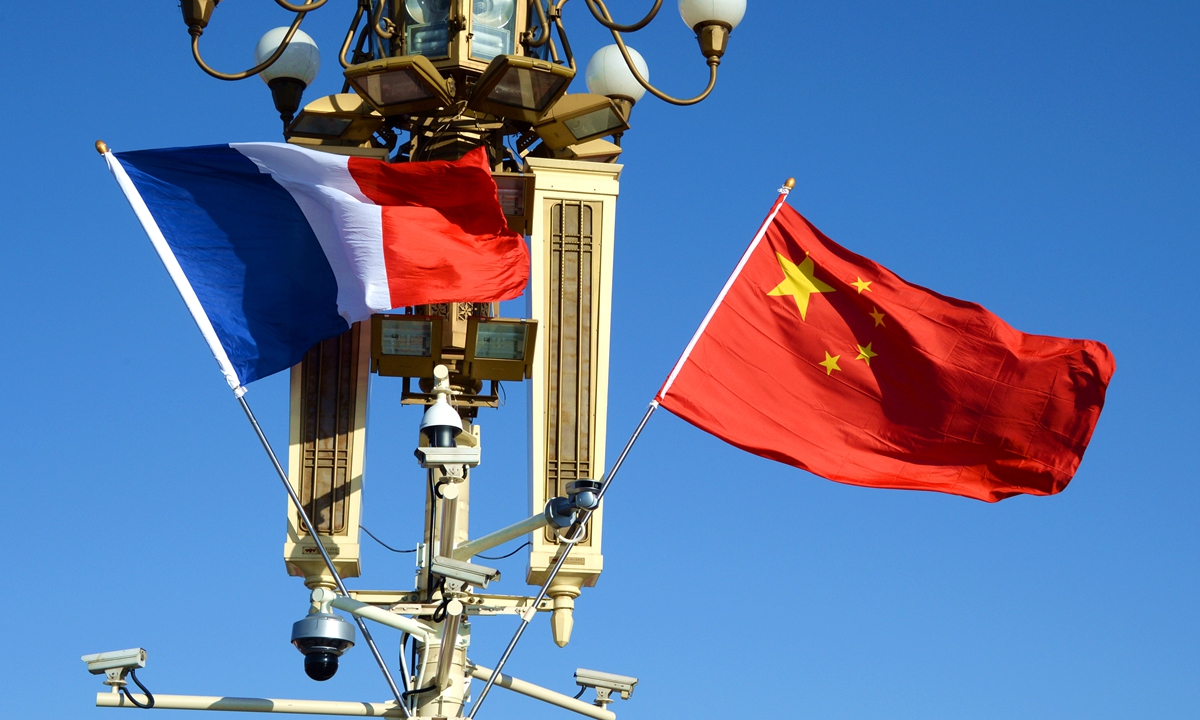Growing acceptance: A bank employee counting 100-yuan notes in Nantong, China’s eastern Jiangsu province. Usage of the currency has jumped in the past three months as international funds boosted holdings of Chinese government bonds. — AFP
`
BEIJING: The Chinese yuan is making deeper inroads as a currency of choice for global payments, with international transactions climbing to their highest level ever.
`
Payments using the currency jumped to a record 3.2% of market share, according to data from the Society for Worldwide Interbank Financial Telecommunications, breaking through its previous high set in 2015 that came on the back of a currency devaluation in a bid to increase exports.
`
Usage has jumped in the past three months as international funds boosted holdings of Chinese government bonds, pushing their share to a fresh record, and amid gas producer Gazprom Neft’s decision to accept yuan rather than dollars for fuelling the Russian airplanes at China’s airports.
`
The People’s Bank of China governor Yi Gang urged emerging economies to promote the use of local currencies at a Group-of-20 central banks’ gathering Wednesday, echoing a similar call from Indonesia to reduce reliance on the dollar to manage the risk of Federal Reserve’s stimulus withdrawal.
`
The yuan will be one of the biggest beneficiaries as “trade between various Asian countries and China grows, and more of it is denominated in yuan,” said Alvin T. Tan, head of Asia FX strategy at Royal Bank of Canada in Hong Kong.
`
Yuan’s growing popularity could also provide additional support for assets denominated in the currency, even as China’s yield premium over the United States narrows due to policy divergence between the two nations. She expects the yuan to be assigned a larger share in the International Monetary Fund’s reevaluation of Special Drawing Rights basket in July.
`
The Regional Comprehensive Economic Partnership trade deal that deepens China’s regional foreign trade ties will also prompt member nations to raise yuan asset holdings due to further economic integration with China, she wrote in a note Wednesday.
`
The currency retained its fourth place in the past two months, compared with being the 35th most-popular medium of exchange for payments in October 2010 when Swift, which handles cross-border payment messages for more than 11,000 financial institutions in 200 countries, started tracking.
`
Despite its rise in the rankings and having upped its market share by orders of magnitude over the last 12 years, the yuan is still dwarfed in popularity by its more established peers, notably the US dollar and the euro.
`
The dollar kept its top spot in January, a position it’s held since June, even though its market share fell to about 39.9% from 40.5% in December.
`
The euro also lost ground but held onto second place, while the British pound and yen rounded out the top five in third and fifth place, respectively. — Bloomberg
Source link
Related:
Renminbi's Global Popularity Keeps Rising With Usage ...
Strong FDI data highlight services, high-tech, expansion of ...
Foreign brands strike gold in China | The Star
https://www.thestar.com.my/aseanplus/2022/02/15/foreign-brands-strike-gold-in-china
China, France deepen RMB Cross-Border Interbank Payment System cooperation
The cooperation between China and France on the RMB Cross-Border Interbank Payment System will help with internationalization of the yuan and will also provide an opportunity for the eurozone to reduce its reliance on the US dollar, experts said.
Related posts:





:brightness(10):contrast(5):no_upscale()/dollar-collapse-56a9a7aa3df78cf772a9418b.jpg)




